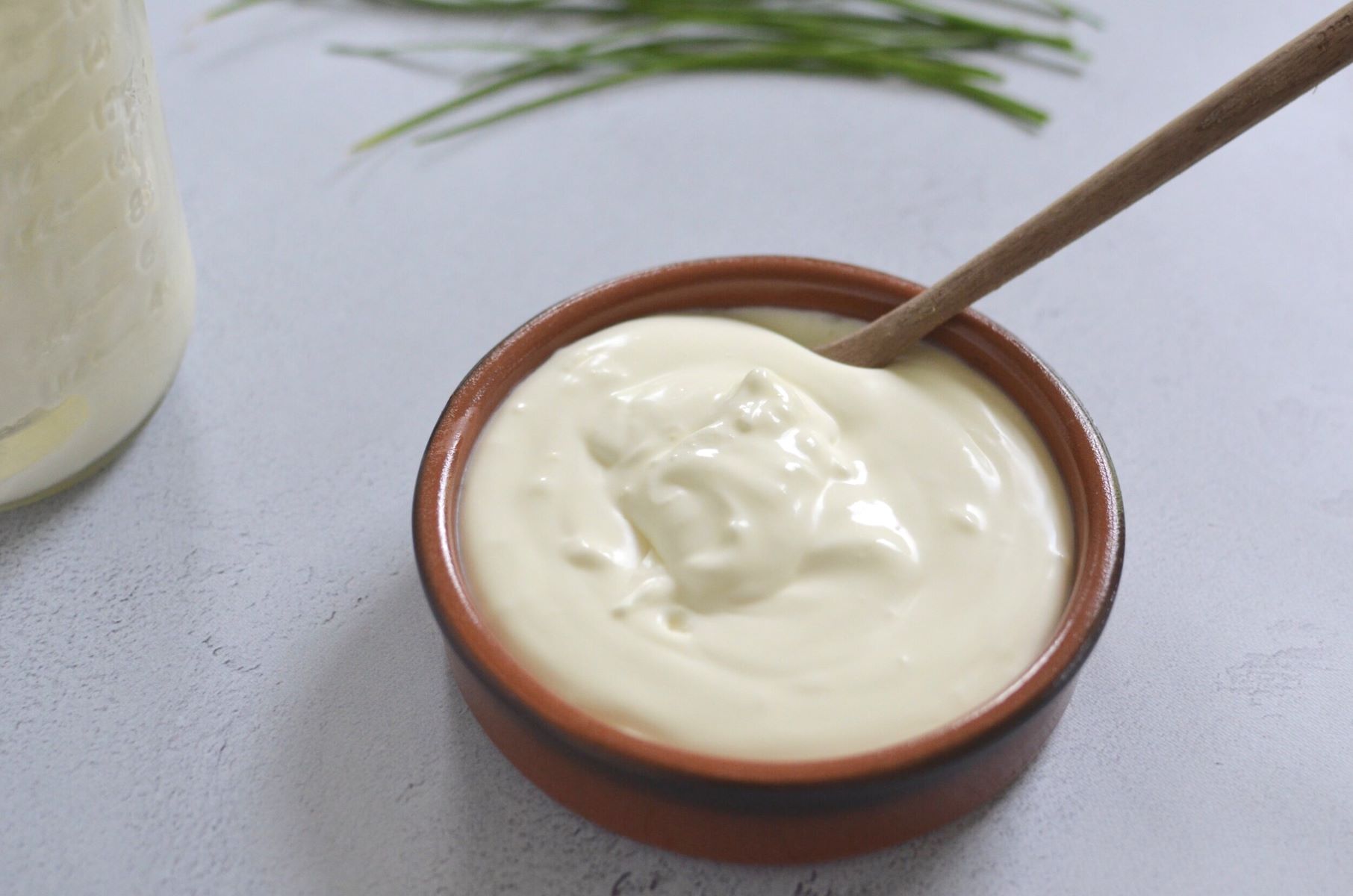

Articles
How To Store Sour Cream
Modified: December 7, 2023
Learn the best methods on how to store sour cream to keep it fresh and flavorful for longer. Check out our informative articles on proper storage techniques.
(Many of the links in this article redirect to a specific reviewed product. Your purchase of these products through affiliate links helps to generate commission for Storables.com, at no extra cost. Learn more)
Introduction
Sour cream is a delightful dairy product that adds a tangy and creamy touch to various dishes. Whether you use it for dips, dressings, or as a topping for baked potatoes or tacos, sour cream can enhance the flavor and texture of your favorite recipes.
However, like any perishable item, proper storage is essential to maintain the freshness and quality of sour cream. If not stored correctly, sour cream can spoil quickly, leading to waste and potential health risks. In this article, we will explore the best practices for storing sour cream to maximize its shelf life and prevent wastage.
Understanding the characteristics of sour cream and the factors that contribute to its quality can significantly improve your storage techniques. Sour cream is a fermented dairy product made from cream that has been exposed to lactic acid bacteria. This bacterial fermentation process gives sour cream its distinct tangy flavor and creamy consistency.
When it comes to storing sour cream, it’s crucial to use proper containers that can preserve its freshness and prevent contamination. Additionally, the temperature at which you store sour cream plays a vital role in its shelf life. Refrigeration is the most common method of storage for sour cream, but freezing can also be utilized to extend its lifespan.
Properly refrigerating sour cream is essential to maintain its quality and prevent bacterial growth. Sour cream should always be stored in airtight containers or the original packaging, which helps to keep out air and bacteria. This is crucial because exposure to air can lead to the growth of molds and other harmful bacteria, resulting in spoilage.
Key Takeaways:
- Proper storage of sour cream is crucial to maintain its freshness and quality. Refrigeration and airtight containers help inhibit bacterial growth and extend its shelf life.
- Freezing sour cream can extend its lifespan, but be mindful of texture changes. Thaw it properly and check for spoilage signs to ensure safety and enjoyment.
Read more: How To Store Sour Dough Bread
Understanding Sour Cream
Sour cream is a versatile dairy product that adds a rich and tangy flavor to a wide variety of dishes. It is made by fermenting cream with lactic acid bacteria, which give it its characteristic acidity and smooth texture. The fermentation process breaks down the lactose in the cream into lactic acid, giving sour cream its tangy flavor.
Sour cream is commonly used as a topping for baked potatoes, nachos, tacos, and chili. It is also a popular ingredient in dips, dressings, and desserts. The creamy texture and slight tanginess of sour cream can elevate the taste of many dishes and add a delicious creaminess.
When purchasing sour cream, it is important to choose a product that is made from quality ingredients and has a fresh and creamy texture. Look for sour cream that has a smooth consistency and is free from lumps or separation. The color should be a creamy white, and there should be no off flavors or smells.
Sour cream is available in various fat percentages, ranging from full-fat to low-fat or even fat-free options. The fat content affects the richness and creaminess of the sour cream, so choose the type that best suits your preferences and dietary needs.
It is important to note that sour cream has a limited shelf life due to its high moisture content. It is a perishable product and can spoil if not stored properly or kept for an extended period of time. Understanding the proper storage techniques for sour cream will help you maximize its freshness and avoid unnecessary wastage.
Aside from its delicious taste, sour cream also offers nutritional benefits. It is a good source of calcium, vitamin A, and protein. However, it is important to consume it in moderation due to its high fat content. Sour cream can be a part of a balanced diet when enjoyed in moderation along with other nutritious foods.
Proper Storage Containers for Sour Cream
Choosing the right storage container is crucial when it comes to keeping sour cream fresh and preventing spoilage. The container should be airtight and resistant to moisture and odors to maintain the quality of the sour cream. Here are some options for proper storage containers for sour cream:
- Glass Jars or Containers: Glass containers are an excellent choice for storing sour cream. They are non-reactive, meaning that they won’t interact with the acidic nature of the sour cream. Glass jars or containers with tight-fitting lids can provide an airtight seal, keeping out air and moisture.
- Plastic Containers: If using plastic containers, opt for food-grade containers that are specifically designed for storing perishable foods. Look for containers with airtight lids to prevent air and moisture from entering, which can result in spoilage. Make sure the containers are made from BPA-free materials to ensure the safety of the sour cream.
- Re-Sealable Bags: For individuals who prefer a more space-efficient option, re-sealable bags can work well for storing sour cream. Place the sour cream in the bag, squeeze out any excess air, and seal it tightly. Make sure to use freezer-grade re-sealable bags to prevent any leaks or potential contamination. Place the bag in a plastic container or on a plate to catch any potential drips during storage.
Regardless of the container material, it is essential to ensure that the lids or seals are tight-fitting to create an airtight environment. This will help to prevent the growth of bacteria and maintain the freshness of the sour cream. Additionally, labeling the container with the purchase date can be helpful for monitoring its shelf life.
It is important to note that reusing containers that previously held other foods, especially those with strong odors, is not recommended. The residual odors can transfer to the sour cream, affecting its taste and quality. Always choose clean, dedicated containers for storing sour cream to avoid any unwanted flavors or smells.
By selecting the appropriate storage containers for sour cream, you can help keep it fresh and delicious for a longer period of time. The right container will not only maintain the quality of the sour cream but also prevent contamination and spoilage, ensuring that you can enjoy it to the fullest.
Refrigerating Sour Cream
Refrigeration is the most common method of storing sour cream to maintain its freshness and quality. When refrigerating sour cream, it is important to follow a few essential guidelines to maximize its shelf life:
- Temperature: Sour cream should be stored in the refrigerator at a temperature of 40°F (4°C) or below. This temperature range inhibits the growth of bacteria and helps to prolong the shelf life of the sour cream.
- Original Packaging: If the sour cream comes in a sealed container, it is best to store it in its original packaging. These containers are designed to keep out air and moisture, preserving the quality of the sour cream. However, if the original packaging is damaged or not airtight, transfer the sour cream to an airtight container.
- Airtight Containers: Airtight containers made from glass or BPA-free plastic are recommended for storing sour cream in the refrigerator. Ensure the lid or seal fits tightly to prevent air and moisture from entering. This will help to maintain the freshness of the sour cream and minimize the risk of contamination.
- Placement: When storing sour cream in the refrigerator, place it on a sturdy and stable shelf. Avoid placing it near the refrigerator door, as the temperature fluctuates more frequently in that area. Store it in a colder section of the refrigerator, such as the back or bottom shelves, for optimal preservation.
It is important to note that sour cream may separate or become watery after being refrigerated for some time. This can happen due to the natural separation of liquids and solids. Simply give the sour cream a gentle stir before using it to restore its creamy consistency.
It is also essential to check the expiration date on the sour cream packaging. Sour cream should be consumed before the expiration date to ensure its freshness. However, if the container has been opened, use your judgment and inspect the sour cream for any signs of spoilage before consuming.
While refrigeration can extend the shelf life of sour cream, it is not a method to indefinitely preserve the product. Sour cream will eventually spoil, even when refrigerated. Therefore, it is important to use it within a reasonable time frame to enjoy its optimal flavor and quality.
By following these guidelines for refrigerating sour cream, you can ensure that it remains fresh and enjoyable for a longer period of time. Proper storage in the refrigerator helps to maintain its texture, flavor, and quality, making it a delicious addition to your favorite dishes.
Freezing Sour Cream
Freezing sour cream is a viable option if you want to extend its shelf life beyond what refrigeration allows. While freezing can alter the texture slightly, it preserves the flavor of sour cream, making it still suitable for various recipes. Here are the steps to freeze sour cream properly:
- Preparation: Before freezing sour cream, it is important to consider the quantity you want to freeze. Divide the sour cream into smaller portions that are suitable for your needs. Freezing the sour cream in smaller portions will make it easier to thaw and use later on.
- Packaging: Choose airtight, freezer-safe containers or resealable bags. Make sure to leave some headspace in the container or bag to allow for expansion as the sour cream freezes. Label the containers with the date of freezing to keep track of its freshness.
- Transfer: Carefully transfer the sour cream into the containers or bags, ensuring they are tightly sealed. Avoid introducing any excess air into the packaging, as this can lead to the formation of ice crystals and affect the quality of the sour cream.
- Freezing: Place the containers or bags of sour cream in the freezer, preferably on a flat surface to avoid any potential leakage. Make sure the temperature of your freezer is set to 0°F (-18°C) or lower to maintain the quality of the sour cream.
It is important to note that freezing can slightly alter the texture of sour cream. Once thawed, the sour cream may become slightly grainy or separated. However, this does not affect its taste or usability in most recipes. Give it a gentle stir or whisk before using it to restore its consistency.
When properly stored in the freezer, sour cream can last for up to 3 months. However, for the best quality, it is recommended to use it within 1-2 months of freezing.
It is worth noting that freezing is not suitable for all recipes that call for sour cream. While it is ideal for dishes that will be cooked or baked, the texture changes after freezing may not be desirable for uses such as topping or garnishing. Consider its intended purpose before freezing and thawing.
Thawed sour cream should not be refrozen, as it may lead to a further change in texture and compromise its quality. Plan the portions you freeze accordingly to avoid wastage and ensure that you use the thawed sour cream within a reasonable time frame.
By following these steps, you can successfully freeze sour cream and extend its shelf life. Proper packaging and storage in the freezer will help prevent spoilage and ensure you have a supply of sour cream on hand for future recipes.
Store sour cream in its original container or an airtight container in the coldest part of the fridge, usually the back. Use it within 7-10 days of opening.
Read more: How To Store Creamed Honey
Thawing Frozen Sour Cream
Thawing frozen sour cream is a simple process, but it is important to thaw it correctly to maintain its texture and quality. Here are a few methods for thawing frozen sour cream:
- Refrigerator Thawing: The best and safest method for thawing sour cream is to transfer it from the freezer to the refrigerator. Place the frozen sour cream container on a plate or in a bowl to catch any potential condensation. Allow it to thaw slowly in the refrigerator overnight or for approximately 8-12 hours. Thawing in the refrigerator helps maintain the quality and texture of the sour cream without introducing any abrupt temperature changes.
- Water Bath Thawing: If you’re short on time, you can use a water bath to expedite the thawing process. Fill a bowl or the sink with cold water, place the tightly sealed container of frozen sour cream in a waterproof bag, and immerse it in the water. Make sure the bag is sealed properly to prevent any water from getting into the sour cream. Stir the sour cream occasionally to ensure even thawing. Avoid using warm or hot water, as it can quickly raise the temperature and lead to bacterial growth.
- Microwave Thawing: Thawing sour cream in the microwave is a quicker option, but it must be done with caution to prevent overheating or uneven thawing. Transfer the frozen sour cream to a microwave-safe bowl, and defrost it using the microwave’s defrost setting or at a low power level. Remember to stir the sour cream every 30 seconds to ensure even thawing and prevent any hot spots. Be careful not to overheat the sour cream, as excessive heat can affect its texture.
Regardless of the method used, it is important not to refreeze sour cream once it has been thawed. Thawed sour cream should be used within a few days for optimal freshness.
Please note that the texture of sour cream may change slightly after thawing. It may become slightly grainy or separated. Give it a gentle stir or whisk to restore its smooth consistency before using it in recipes.
It is essential to inspect the sour cream for any signs of spoilage after thawing. If it has an off color, strong unpleasant odor, or unusual texture, discard it immediately, as it may indicate spoilage.
Thawed sour cream can be used in recipes just like fresh sour cream. It is ideal for dishes that will be cooked or baked, as any minor texture changes may not be as noticeable once incorporated into recipes.
By following these methods, you can safely and effectively thaw frozen sour cream to enjoy its tangy flavor and creamy texture. Proper thawing techniques will help maintain its quality and ensure that the thawed sour cream can be used in a variety of delicious recipes.
Checking Sour Cream for Spoilage
Checking sour cream for spoilage is essential to ensure its safety and maintain its quality. Here are some signs to look for when inspecting sour cream for spoilage:
- Visual Examination: Start by visually inspecting the sour cream. Look for any signs of mold growth, discoloration, or unusual texture. Fresh sour cream should be creamy white and uniform in color. If you notice any green, blue, or black spots or if the sour cream appears to be curdled or separated, it may indicate spoilage.
- Odor: Give the sour cream a quick smell test. Fresh sour cream should have a tangy and slightly acidic aroma. If you detect any strange or pungent odors, it may be a sign of spoilage. A sour or rotten smell is indicative of bacterial growth and should be discarded.
- Texture: Take a small spoonful or scoop of sour cream and examine its texture. It should be smooth and creamy without any lumps, clumps, or graininess. If the sour cream feels watery, slimy, or has an unusual texture, it might be spoiled.
If you observe any of these signs of spoilage, it is important to discard the sour cream immediately. Consuming spoiled sour cream can lead to foodborne illnesses and digestive issues.
It is worth noting that sour cream may naturally separate or become watery, especially if it has been stored for a while. In such cases, a gentle stir or whisking can help restore its smooth consistency. However, if there are other signs of spoilage, it is better to err on the side of caution and discard it.
Proper storage and handling of sour cream can help prevent spoilage and extend its shelf life. Always refrigerate sour cream promptly after use and avoid leaving it at room temperature for an extended period. Ensure that the container is tightly sealed to prevent air and moisture from entering, as both can lead to bacterial growth and spoilage.
By regularly checking sour cream for spoilage and practicing proper storage techniques, you can enjoy this delicious dairy product safely and ensure that it adds a delightful touch to your favorite dishes.
Tips for Extended Shelf Life
To maximize the shelf life of sour cream and minimize waste, here are some tips and practices to follow:
- Proper Storage Temperature: As mentioned earlier, refrigeration is essential for storing sour cream. Keep your refrigerator temperature at or below 40°F (4°C) to inhibit bacterial growth and maintain the freshness of the sour cream.
- Check Expiration Dates: Always check the expiration date on the packaging before purchasing sour cream. Select containers with a later expiration date to ensure the longest possible shelf life.
- First In, First Out: When restocking your refrigerator, be sure to place the newest container of sour cream at the back and bring the older ones to the front. This practice ensures that you use the oldest sour cream first, reducing the chances of it expiring and being wasted.
- Keep Containers Sealed: Properly seal the containers or resealable bags of sour cream after each use. Ensure that there are no leaks or openings that can allow air or moisture to enter, as this can accelerate spoilage.
- Avoid Cross-Contamination: Keep sour cream away from foods with strong odors like onions or garlic, as it can absorb those odors and affect its flavor. Store sour cream in a separate section or drawer of the refrigerator to minimize odor transfer.
- Use Clean Utensils: When scooping sour cream from the container, always use clean utensils to avoid introducing any contaminants. Dirty utensils can introduce bacteria, leading to spoilage.
- Avoid Double Dipping: To prevent contamination, avoid using the same spoon or utensil for multiple dips into the container of sour cream. This helps to avoid introducing bacteria that can expedite spoilage.
- Portion Control: Plan your portion sizes and only take out the amount of sour cream you need for a specific recipe or meal. This prevents unnecessary exposure to air and reduces the chances of leftovers going to waste.
- Practice Food Safety: When serving sour cream, ensure it is not left out at room temperature for an extended period. Place it back in the refrigerator promptly to maintain its quality and safety.
By following these tips for extended shelf life, you can minimize waste and enjoy fresh sour cream for a longer period. Consistent storage and handling practices will ensure that your sour cream remains delicious, safe, and ready to enhance your favorite dishes.
Conclusion
Properly storing sour cream is essential to maintain its freshness, flavor, and quality. By understanding the characteristics of sour cream and following the right storage practices, you can extend its shelf life and minimize waste. Refrigeration is the most common method of storing sour cream, but freezing can also be utilized to extend its lifespan.
When refrigerating sour cream, use airtight containers or the original packaging to prevent air and moisture from entering. Store it at a temperature of 40°F (4°C) or below to inhibit bacterial growth. Properly refrigerated sour cream can last for a considerable amount of time, but it is important to check for signs of spoilage before consuming.
Freezing sour cream is an option to further extend its shelf life, but keep in mind that the texture may change slightly after thawing. Thaw frozen sour cream in the refrigerator, in a water bath, or using the microwave, ensuring it is properly sealed to prevent contamination.
Regularly check sour cream for signs of spoilage, including mold, off smells, or unusual textures. If any of these signs are present, discard the sour cream to avoid potential health risks.
To prolong the shelf life of sour cream, follow additional tips such as proper storage temperature, checking expiration dates, practicing first in, first out (FIFO), sealing containers, and avoiding cross-contamination. By implementing these practices, you can minimize waste and enjoy fresh sour cream for a longer period.
Remember to use clean utensils, practice portion control, and maintain food safety guidelines when handling sour cream. These practices contribute to its overall quality and safety.
Sour cream is a versatile and delicious dairy product that enhances various dishes, and by following the proper storage techniques outlined in this article, you can ensure that it remains a delightful addition to your culinary creations for as long as possible.
Frequently Asked Questions about How To Store Sour Cream
Was this page helpful?
At Storables.com, we guarantee accurate and reliable information. Our content, validated by Expert Board Contributors, is crafted following stringent Editorial Policies. We're committed to providing you with well-researched, expert-backed insights for all your informational needs.
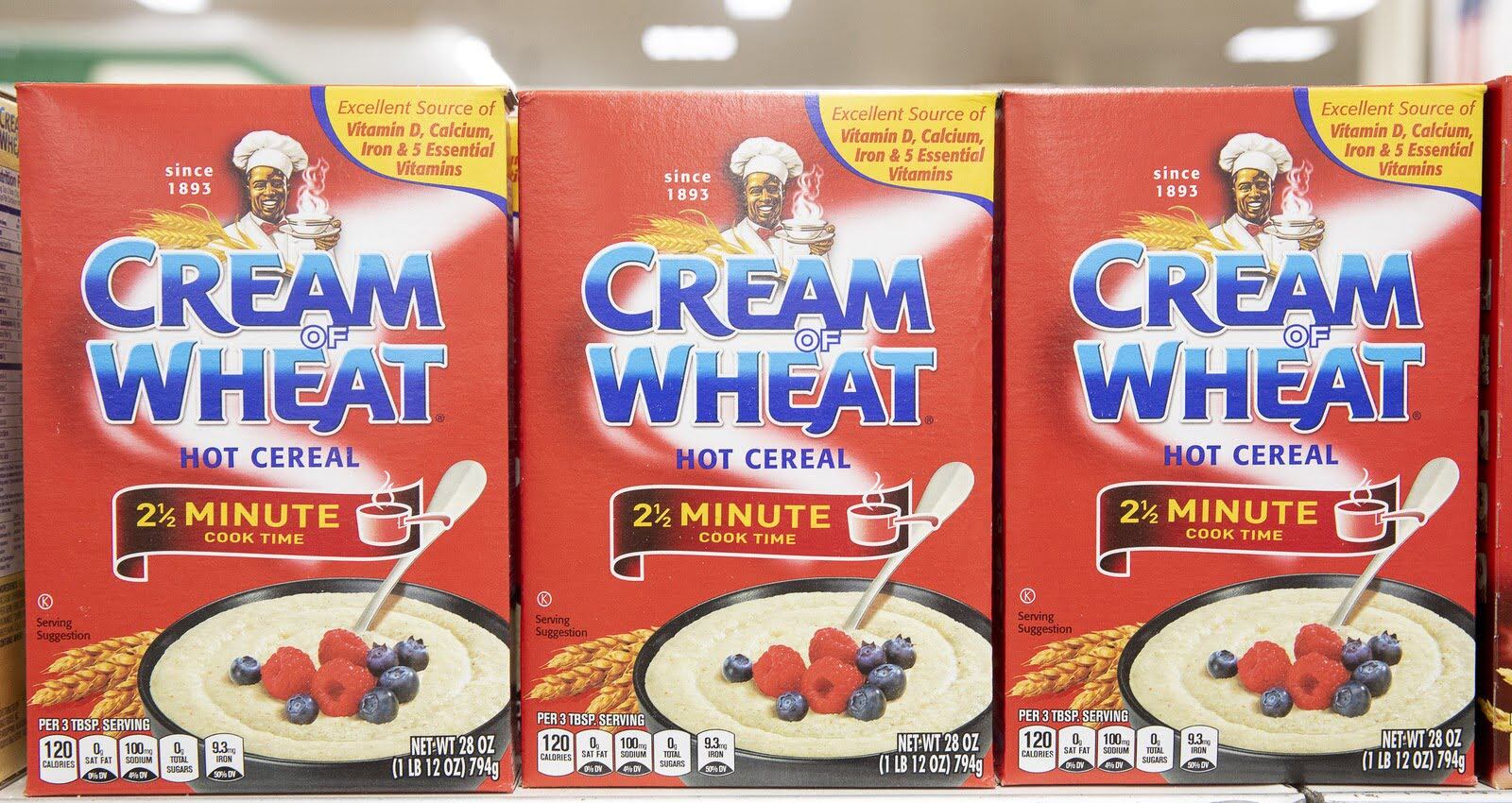

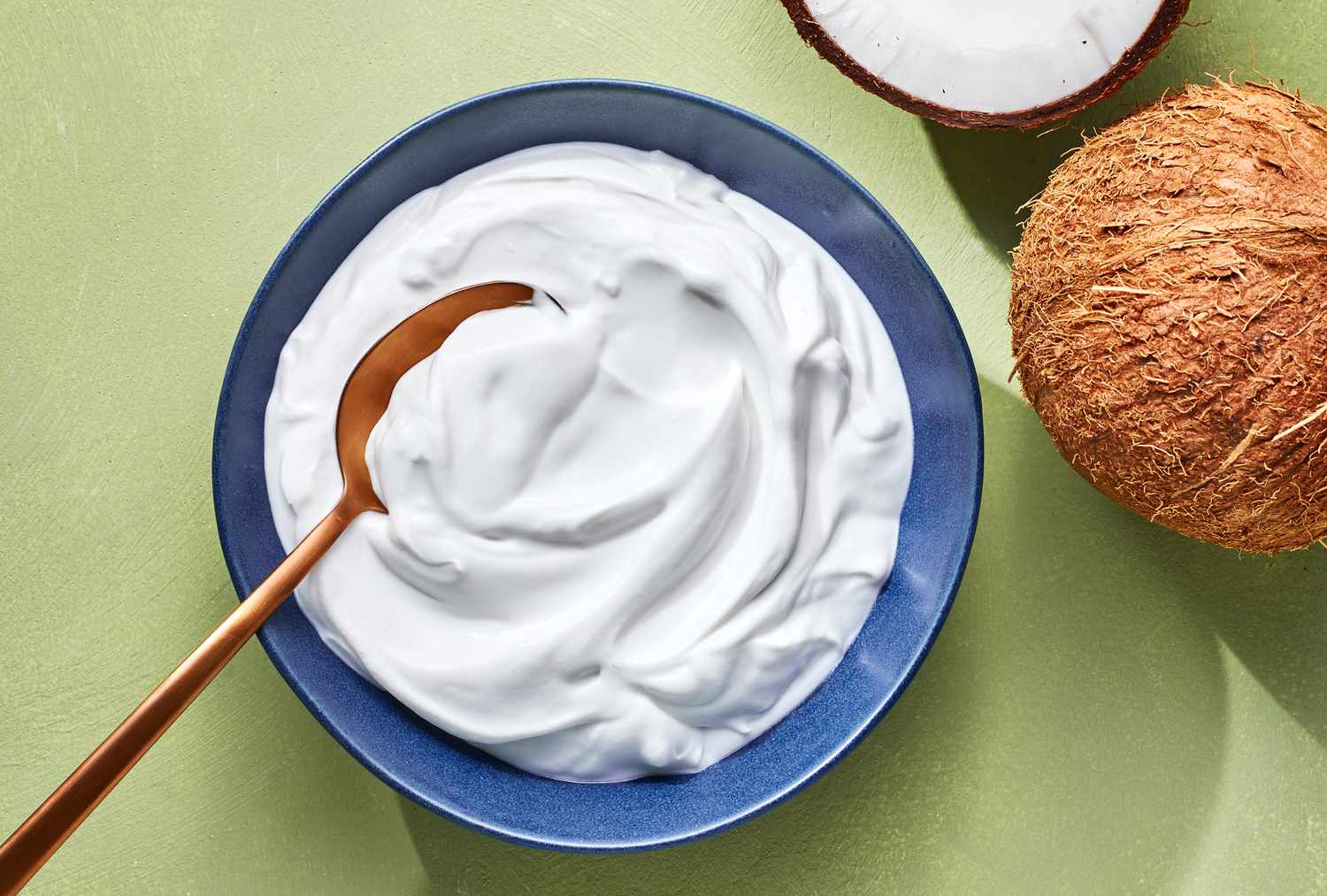

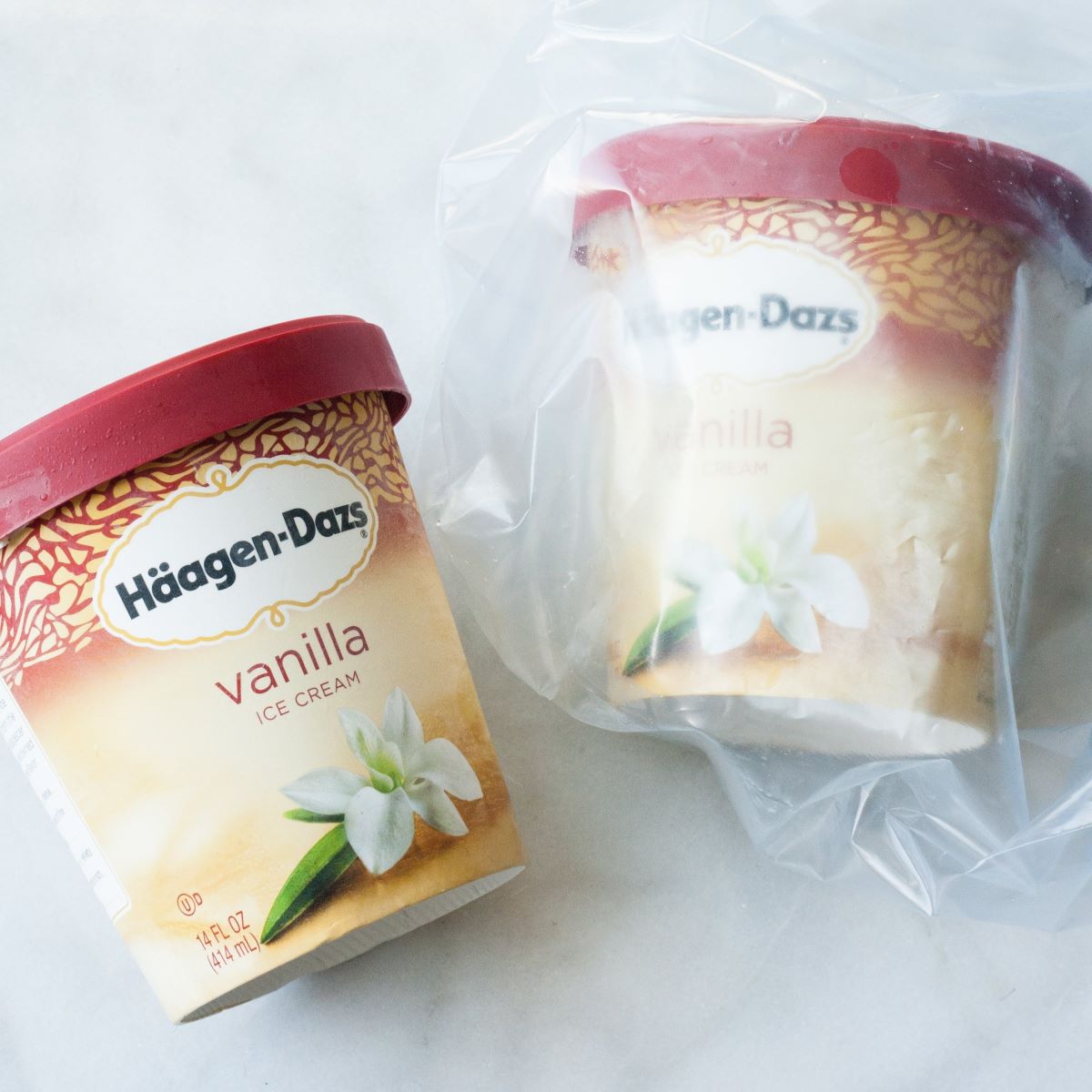
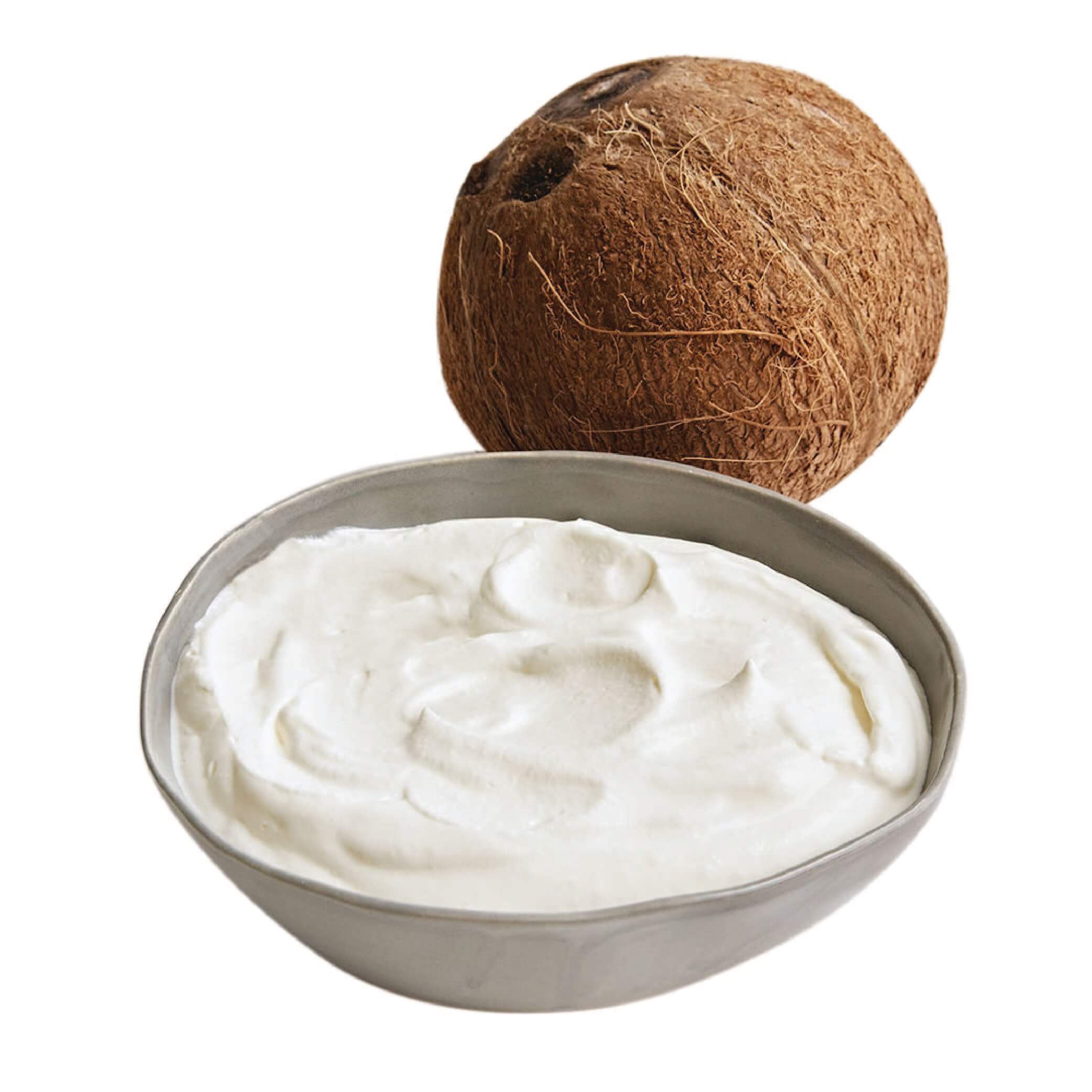
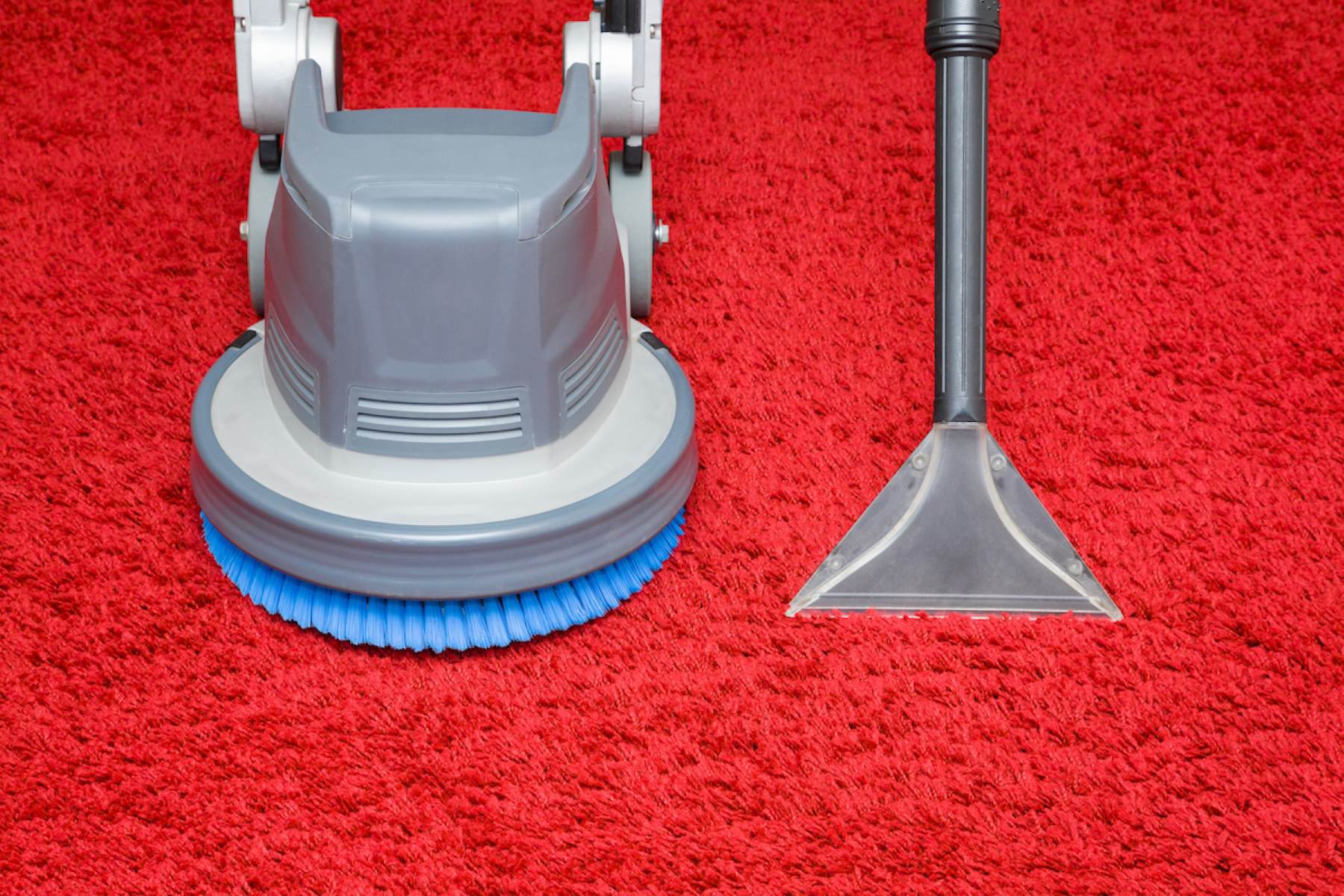
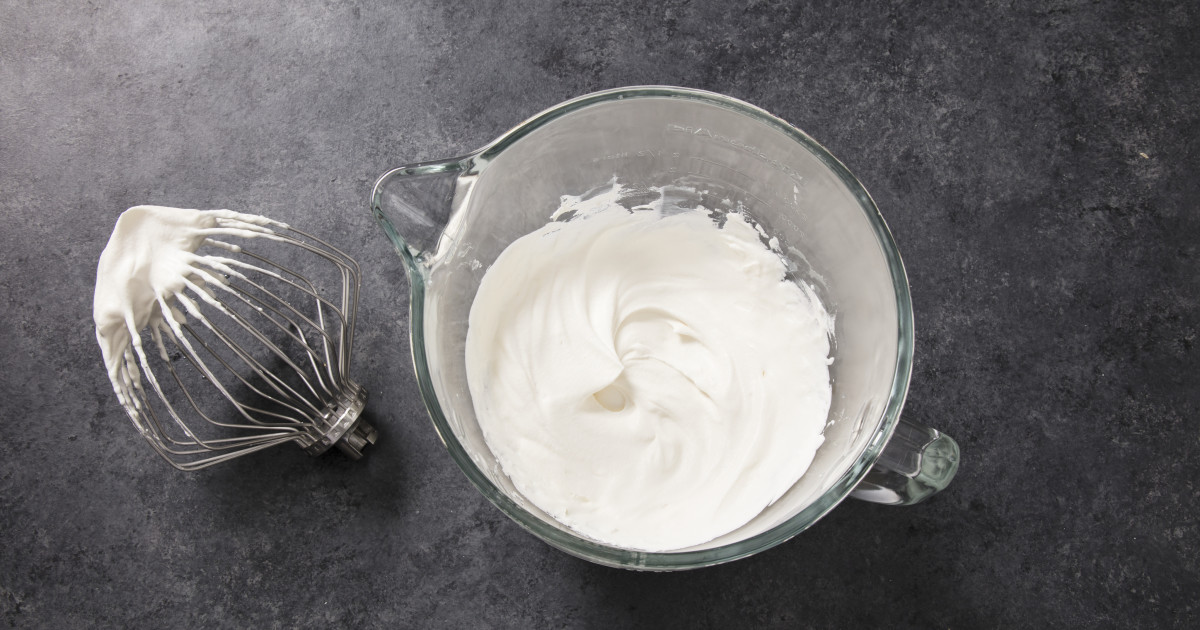

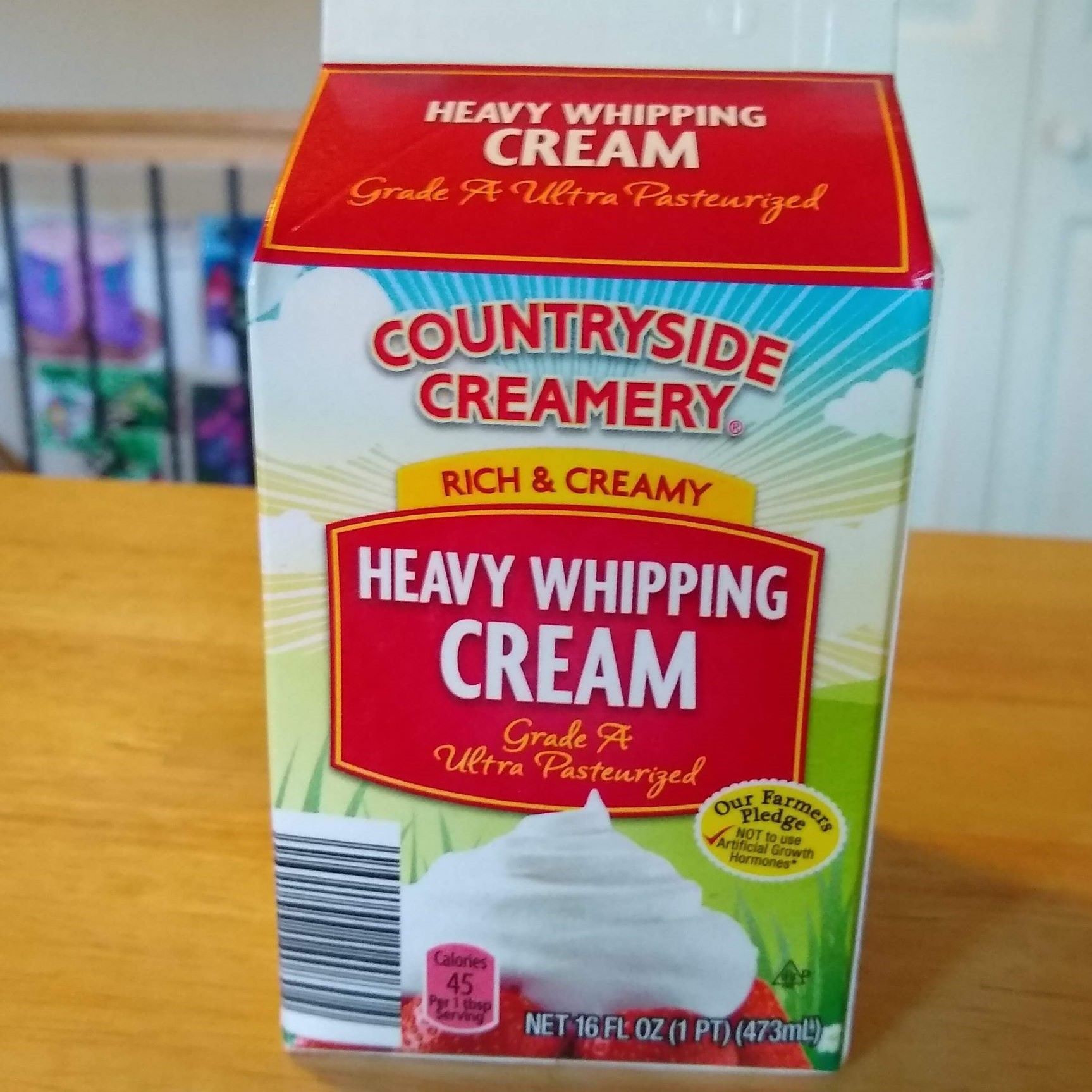


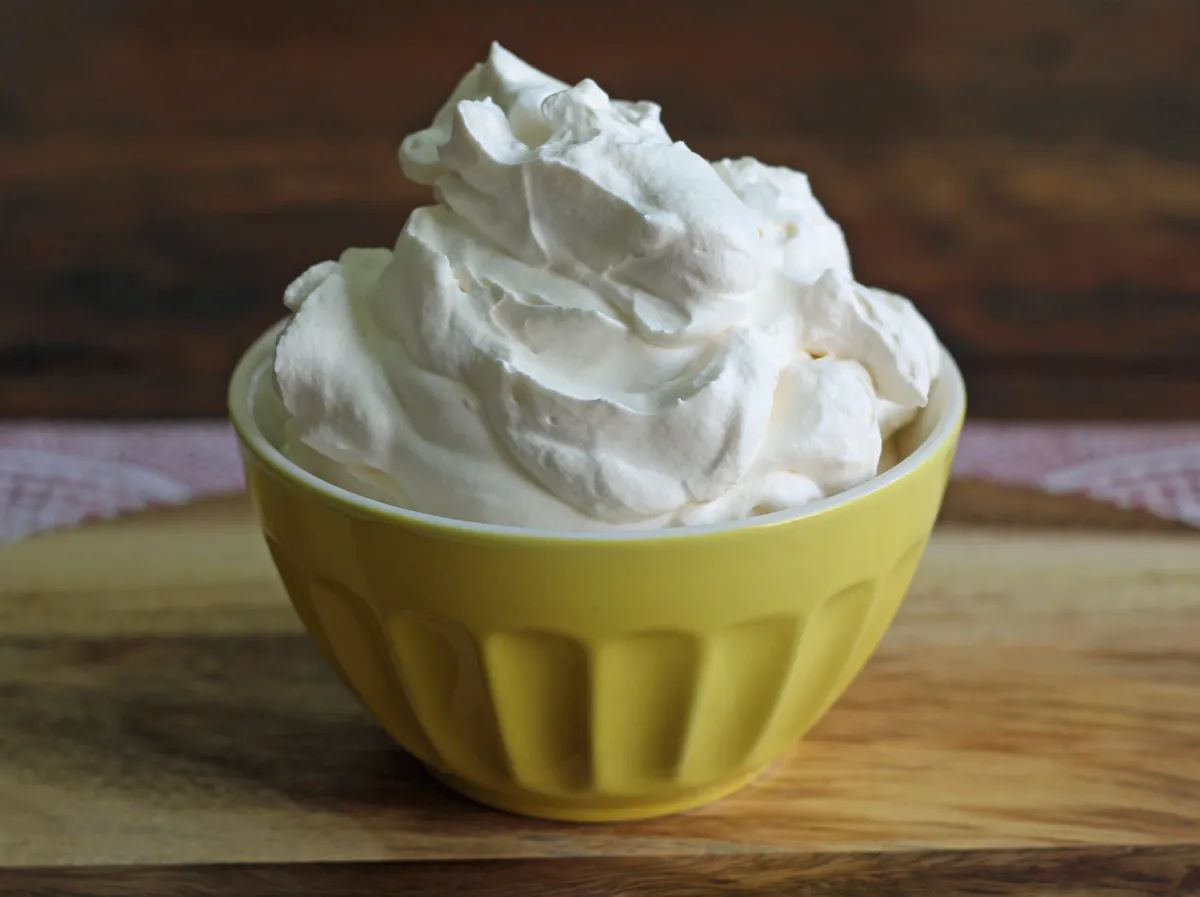
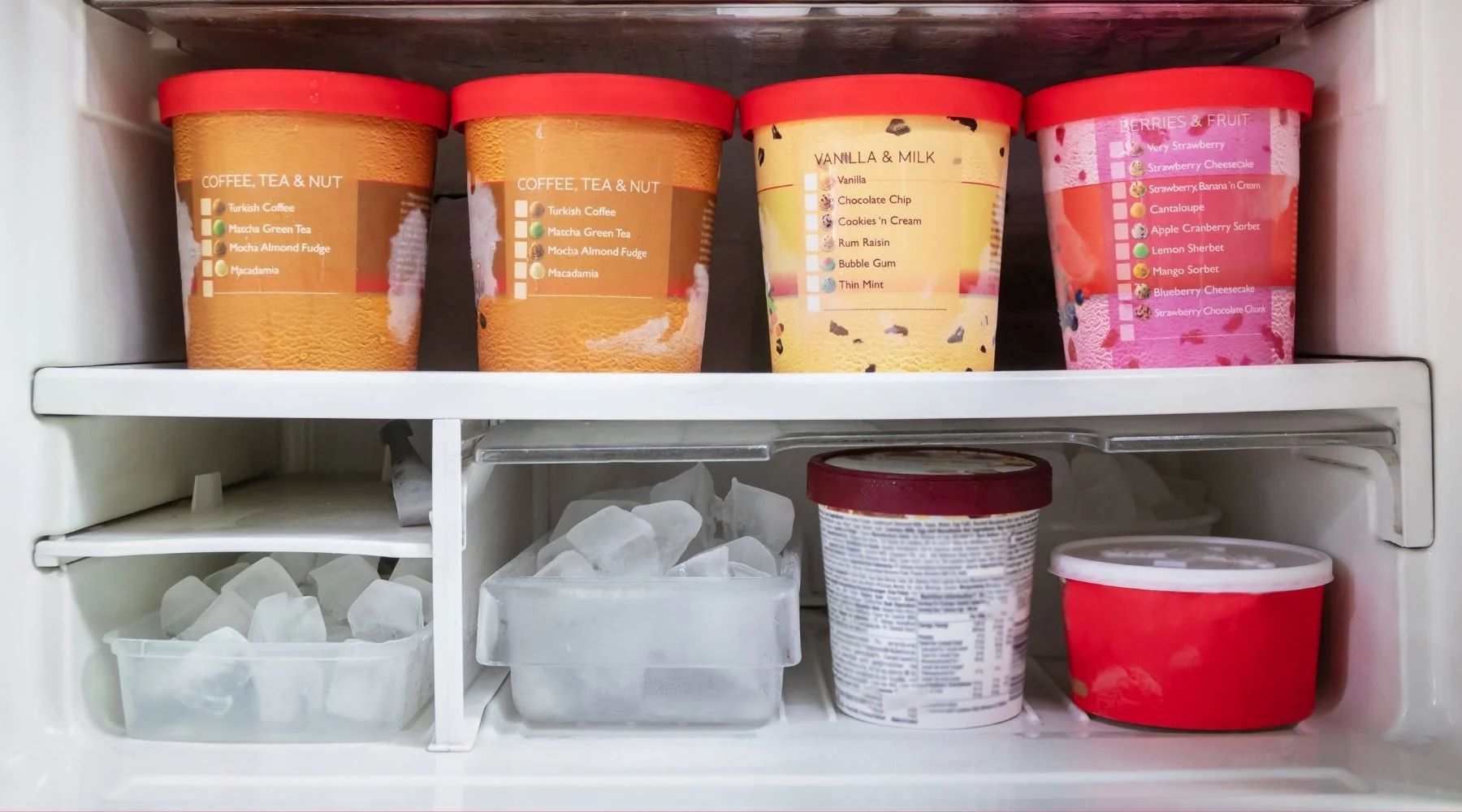

0 thoughts on “How To Store Sour Cream”